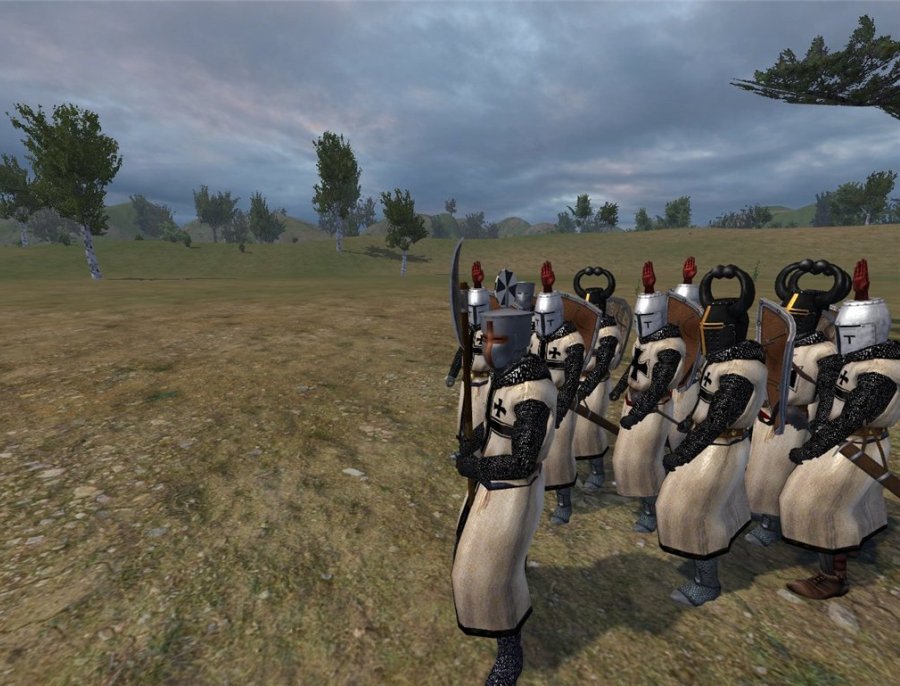Skachatj Besplatno Igru Mount Blade Rusj 13 Vek S Torrenta
Honey bunny sinhala song mp3 free download hd. Mix - Idea Honey Bunny Ur Style Music Video HD YouTube America’s Got Talent 2018 - Funniest / Weirdest / Worst Auditions - Part 1 - Duration: 8:19. AmazingSingles 29,718,960 views. Hello honey bunny mp3 by danu New Sinhala Mp3 Download Free From JayaSriLanka.
Comment4, skachat igru zuma deliuks polnaia versiia, 8PPP, http://www.novaf.es/?Skachatj_left_4_dead_1&option=com_k2&view=itemlist&task=user. Download for free files to Mount & Blade: Warband. Mount & Blade: Warband - Rus 13th Century: Way of the Warrior v.2.3.5, GAME MOD, 1140.7 MB, 18/02/.
Justification Justification of Red List Category This species has an extremely large range, and hence does not approach the thresholds for Vulnerable under the range size criterion (Extent of Occurrence 30% decline over ten years or three generations). The population size is very large, and hence does not approach the thresholds for Vulnerable under the population size criterion (10% in ten years or three generations, or with a specified population structure). For these reasons the species is evaluated as Least Concern. Distribution and population This species is breeding through much of Europe, scattered along the coast and inland in parts of Africa, in much of western, central and the extreme east and south of Asia, and in northern parts of Australasia. Migratory individuals expand the range to include most of the coast of Africa, the Arabian Peninsula, the western coast of India and most of the waters of south-east Asia and Australasia, including New Zealand. One seasonally breeding colony is also present on Hawaii (del Hoyo et al. Ecology Behaviour This is a strongly migratory coastal seabird, which usually fishes in very shallow water only a few centimetres deep, often over the advancing tideline or in brackish lagoons and saltmarsh creeks (del Hoyo et al.
It has the most inshore distribution of all terns. It breeds between May and July in solitary pairs or small monospecific groups usually of 1-15 pairs (rarely over 40 pairs),occasionally amidst colonies of other terns (Flint et al. 1984, Richards 1990, del Hoyo et al. 1996, Snow and Perrins 1998).

Breeding may be timed to coincide with peak fish abundance (Perrow et al. Northern breeders depart the breeding grounds from late-July onwards (Richards 1990, del Hoyo et al. 1996), travelling first to moulting sites where they form large roosts before continuing southwards (Tavecchia et al. The species is gregarious throughout the year and usually feeds singly, in small groups or larger scattered flocks, congregating in many thousands on passage in small wetlands where fish fry are abundant (del Hoyo et al. 1996, Snow and Perrins 1998). Habitat Breeding The species breeds on barren or sparsely vegetated beaches, islands and spits of sand, shingle, shell fragments, pebbles, rocks or coral fragments on seashores or in estuaries, saltmarshes, saltpans, offshore coral reefs, rivers, lakes and reservoirs (Flint et al.

1984, de Silva 1991, del Hoyo et al. It may also nest on dry mudflats in grassy areas, but shows a preference for islets surrounded by saline or fresh water, where small fish can be caught without the need for extensive foraging flights (de Silva 1991, del Hoyo et al. 1996, Snow and Perrins 1998). Non-breeding Outside of the breeding season, the species frequents tidal creeks, coastal lagoons and saltpans and may foraging at sea up to 15 km offshore (Urban et al. 1986, del Hoyo et al. Diet Its diet consists predominantly of small fish (e.g.
Ammodytes spp., roach Rutilus rutilus, rudd Scardinius erythrophthalmus, carp Cyprinus carpio and perch Perca fluviatilis) and crustaceans 3-6 cm long as well as insects, annelid worms and molluscs (del Hoyo et al. In Scotland, Little Terns feed mainly on small fish and invertebrates, including herring, sandeel, and shrimps ( Crangon vulgaris) (BirdLife International 2000). In Portugal, birds were found to feed mainly on sand-smelts ( Atherina spp.) and gobies ( Pomatoschistus spp.), which were the most abundant fish species in the study areas (Catry et al. On Rigby Island, Australia, chicks were fed entirely on juvenile fish of the families Clupeidae, Engraulidae, Pomatomidae and Carangidae, including pilchard, southern anchovy and blue sprat (Taylor and Roe 2004). Breeding site The nest is a bare scrape positioned on the ground in less than 15% vegetation cover on beaches of sand, pebbles, shingle, shell fragments, coral fragments or rock above the high tide-line and often only a few metres away from shallow clear water (Flint et al. 1984, Richards 1990, del Hoyo et al. 1996, Snow and Perrins 1998).